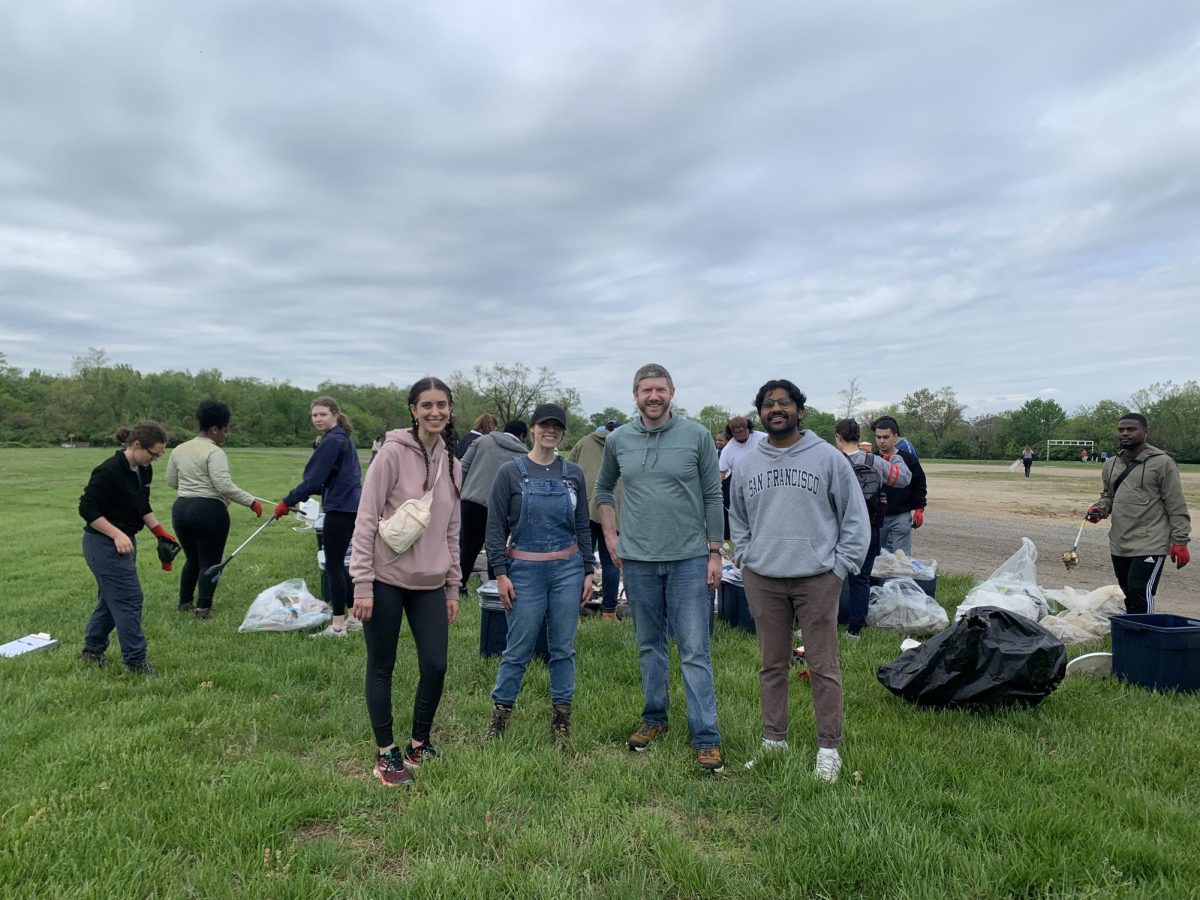Bassam Haddad, an adjunct assistant professor in the Center for Contemporary Arab Studies, founded Jadaliyya four years ago in conjunction with several Georgetown professors and graduate students, and the magazine is now being met with increased readership.
Jadaliyya is an online magazine, or “e-zine,” that publishes content on issues of conflict in the Middle East and provides a forum for discussion between scholars and experts, published in English, Arabic, Spanish, French and Turkish. The site is updated daily, and about a third of the readership is in Arabic. Haddad is often quoted in media outlets as the main representation for Jadaliyya, although all the editors are hierarchically on equal standing.
Haddad said that Jadaliyya is unique because it blends academia and journalism to not only provide breaking news, but also insight on that news.
“Jadaliyya has been at the forefront of redefining what might be the ideal of cross-fertilization between academia and journalism,” Haddad said. “We are connected in organic ways with the local setting, with local writers, academics and activists, and this connection provides us with better analysis … and creates a kind of reporting that is often lacking in mainstream circles.”
Elliott Colla, an associate professor in the department of Arabic and Islamic studies at Georgetown, writes and edits for the culture section of Jadaliyya.
“Working as an editor at Jadaliyya means that you are constantly in contact with people who produce some of the best thought and analysis from the region,” Colla wrote in an email.
Colla said that the magazine utilizes sources from almost every profession and part of the world.
“In my work on the culture page, I regularly get to work with writers, journalists and activists,” Colla wrote. “I get to have long conversations with poets and novelists, established scholars and up-and-coming students. I get to see arguments and analysis being formed in real-time.”
Co-editor Hesham Sallam agreed, and said that the magazine has grown in popularity due to its unique and diverse perspectives.
“Given where Jadaliyya stands today four years later, with all the interest it has generated, the critical discussions it has provoked on a diverse array of topics and countries, some of which extend beyond the Arab world, it is fair to say that Jadaliyya has surpassed a lot of expectations,” Sallam wrote in an email. “It not only created a ‘dent’ in mainstream discourse, but also shattered it into pieces.”
Jadaliyya is also unique in the equal footing that it gives all of its editors, a team comprised of both graduate students and tenured faculty members.
Samia Errazzouki (GRD ’15) said that the lack of hierarchy in the magazine’s organizational structure allows for a positive mingling of ideas.
“My voice weighed just as heavily as everyone else’s, something that, over time, challenged and pushed me to step beyond my own preconceived notions,” Errazzouki said.
Errazzouki said that working on the magazine has helped her to improve in writing and editing.
“Even though Jadaliyya carved out this new space, it’s still the only publication doing what it’s doing,” Errazzouki said. “Working with Jadaliyya has made me better at what I do, both as a graduate student and a writer.”
Sherene Seikaly (GRD ’07), who received her master’s from the Center for Contemporary Arab Studies, is a co-founder and co-editor of Jadaliyya and said that she believes it gives voices to those that may have otherwise been ignored.
“The thing that is most exciting is that it actually mobilizes voices that are able to speak to the contemporary moment,” Seikaly said. “It allows space for a different kind of analysis and for people to bring in their different expertise.”
According to Seikaly, Jadaliyya has become an excellent source for students and teachers alike who are interested in the Middle East.
“It has also become a very useful pedagogical tool because of the diversity of the kinds of pieces that we have,” Seikaly said. “For me it is very inspiring to be a part of a larger network in which we are really trying to think critically and leave space open for critical thought.”
Jadaliyya has gained influence in the international community, but also impacts Georgetown students and professors, according to Colla.
“Jadaliyya’s connection to Georgetown is deep and broad,” Colla wrote. “In our pages, we regularly feature the work of faculty and students. In fact, Jadaliyya is frequently a site for Georgetown faculty-student collaboration. The connection is not an accident — it reflects Georgetown’s longstanding strength in the field of Arab studies.”














